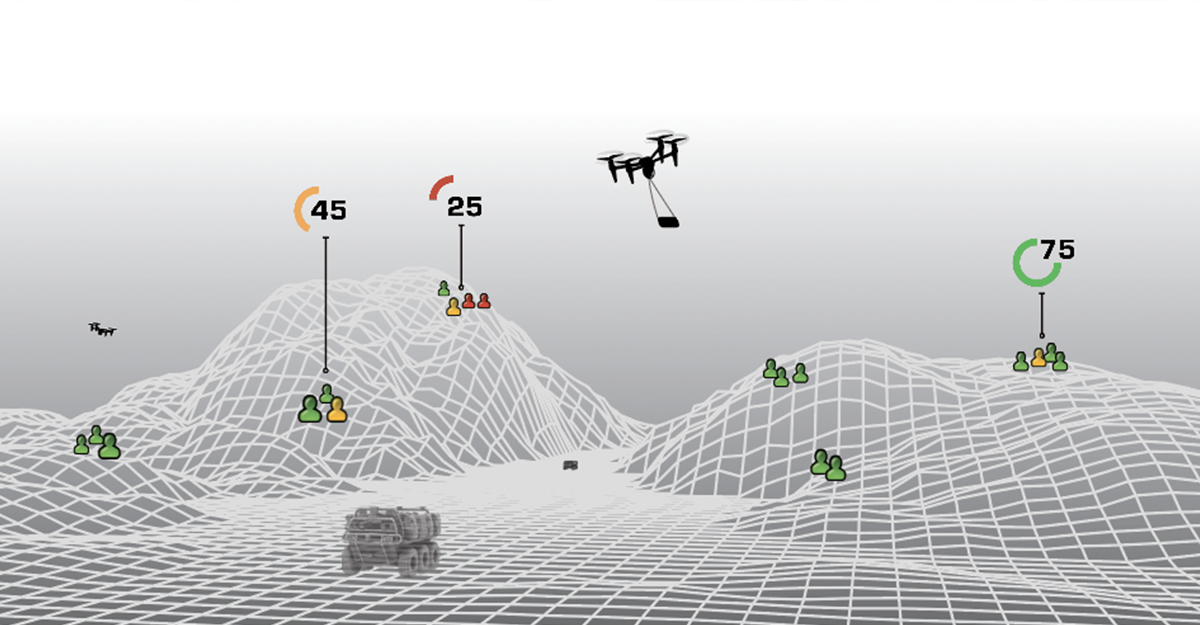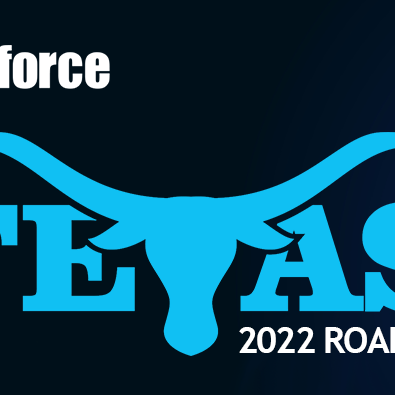
Operational Sustainment: The Role of IoT, AI, and Cued Autonomous Platforms
Battlefield, disaster response, and public safety sustainment is both art and science; it’s about synchronizing, integrating, and transporting commodities in a highly “just-in-time” manner to provide maneuver and incident commanders with freedom of action, extended operational reach, and prolonged endurance. As it turns out, the “science” of sustainment is not terribly difficult as it is grounded in basic math and computation, based on real-time time data from the operational space. A fire team deploys with X amount of ammunition multiplied by the number of soldiers on a fire team, and then an ability to monitor ammunition consumption in real-time. The same calculus can be made for food, water, fuel, medical necessities, and nearly every other class of supply.
The “art” of sustainment is about considering how the tactical or incident response environment affects logistics and resupply. The “cog” at the center of the autonomous replenishment machine is data and situational awareness, fed by an array of IoT sensors (body worn and proximate) and stream analytics to anticipate resupply needs. Using a very simple example, a vehicle that takes X amount of petrol may be started early to warm up on a cold day which will require additional fuel sooner. Similarly, on a hot day with soldiers experiencing an accelerated operational tempo will drive faster and more acute need for resupply of water. Core to the discussion of “art”, is all channel access to IoT, GIS, and environmental data, but also recognitional support “services” in the form of rules and AI.
At DSEI 2021 London, Blueforce partnered with Wilcox Industries and Thunderbolt Solutions to demonstrate a packaged solution that demonstrated autonomous resupply based on a deployed fire team using the Wilcox FUSION Rail System. The FUSION System contains an integrated maintenance counter which monitors the number of rounds fired as well as barrel temperature and an array of other soldier mounted IoT sensors. This was combined with our new Autonomous Orchestration Engine Plugin for BlueforceEDGE. Soldiers can “subscribe” to the BlueforceEDGE endpoint which then monitors a wide array of soldier systems to include the Wilcox FUSION System, but also physiological wearables from Garmin, multi-gas detectors, laser rangefinders/targeting, and others. The plugin contains sets of business rules that can detect active engagement and shot counts, but also looks across an entire deployed team versus a single operator. On certain thresholds, the Plugin alerts using Warning and Alarm notifications to the commander, but also distributed to the team leader in real-time. The plugin can also send a standards-based message to a proximate and properly equipped autonomous platform to launch and resupply with or without human intervention.
When Blueforce talks about edge-based services embodied in Blueforce plugins, this is a perfect example. Blueforce plugins can:
- Monitor and inform many humans on the deployment team for location, proximity, resources, and core competencies.
- Monitor data streams from dissimilar IoT sensors from disparate manufacturers, both human attached and/or proximate.
- Contain business rules and/or Machine Learning algos at the edge to make decisions on alarm, and/or which resupply platforms to tap.
- Plugin to plugin communications and “cueing”, allowing a “mosaic” of sensors and information services to be rapidly connected for orchestration.
While the above use case is specific to military combat operations, this same exact capability can be used for:
- Casualty/Trauma Resupply: Some operational areas present major constraints for the movement of humans and/or traditional emergency vehicles. IoT sensors at a triage station and/or field aid station can inform logistics and supply assets when specific items are running low, allowing just-in-time resupply.
- Overwatch: A wide array of IoT sensors coupled with density of responders can signal the need for overwatch which will be needed by Commanders. Autonomous launch saves time by anticipating and alerting when “look down” capabilities are in place and transmitting imagery and/or data.
To learn more about this new capability for BlueforceEDGE and BlueforceCOMMAND send a note to info@blueforcedev.com, or send a contact request by filling in the Contact Me form, located here.


